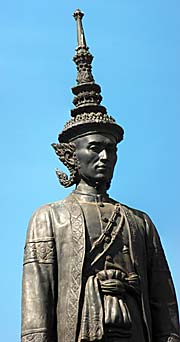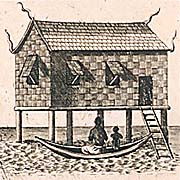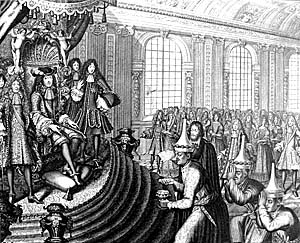1.
Historical Context
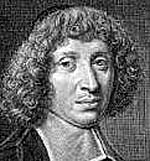
Simon de la Loubere
Simon de la Loubere (1642-1729) was a French envoy of the absolute monarch Louis XIV (the 'sun king'. Most famous quotation: "I am the state!" Reign: 1643-1715) in historical Ayutthaya, Siam (nowadays Thailand). Although he spent only about three month in Siam, he wrote an interesting report about the Ayutthaya Kingdom and society for king Louis. It's is one of the rare documents about this phase of Siam/Thailand's history. To get an idea of the culture and lifestyle of pre-Bangkok Siam/Thailand and to compare it with the contemporary Thai society I emphasize just a few of Loubere's observations.
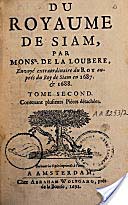
Ayutthaya was reigned by king Narai (reign: 1656-1688). After his death Narai's successor changed Ayutthaya's foreign policy to more isolation and expelled the French troops out of Siam. That was probably due to some problems the foreign visitors caused. They were demanding (e.g. wanted the king to convert to Christianity), tried to gain influence in Ayutthaya's internal politics; the French troops appeared arrogant and unhalted. Besides, a few years ago there was already a serios conflict between Ayutthaya and British troops which led to the killing of 60 English in Mergui (an Andaman Sea port, nowadays Myeik in Burma). King Narai even declared war then on the British East India Company.
